NOTE: I published this recipe at my old Constant Commoner blog several years ago. I just now noticed I hadn’t published it here, so here it is.
Pasties were the main course at our dinner for Ed’s memorial in the Keweenaw in September, but I didn’t make them. I ordered them from Connie’s Kitchen in Calumet. They were very good. If you get up that way, try them. There are several pasty shops that are equally good. Just ask the locals. They’ll tell you!
The pasty, that small meat and potato pie in a pastry crust, it turns out, is a Cornish thing. All my growing up years, and even far beyond, I’ve been led to believe by my Finnish relatives that Pasties were something the Finns came up with. No, they didn’t actually say that but every Finn we knew in the Keweenaw (the long finger reaching into Lake Superior, the northernmost tip of Michigan’s Upper Peninsula) either made or ate Pasties– or both. I remember they were pretty proprietary about it. I think some of them actually believed the Finns invented Pasties.
But the idea of a pasty, a meal in a crust, came about so that miners in Cornwall could carry their lunch and heat it when the time came, even if the time came when they were many levels deep inside a mine. When Cornish miners came to Michigan to work in the copper mines, they brought their pasty recipes with them. Lucky for us.
The mythmakers want us to believe the miners held a candle under their hopefully clean shovels and heated their meat pies that way. Without trying it myself, I’m betting there is no way you could heat a whole pasty with a shovel and a candle. But the myth persists and has even found its way into the Upper Peninsula. I’ve heard that tale since I was a little bitty girl. It could be that my grandfather, a Finnish copper miner, might even have passed that story along. But no matter. Pasties are in our soul, no matter where they originated.
My daughter Sue and I made pasties one day. Here in the Upper Peninsula we make Yooper pasties. Pasties (Passties, not Paysties) are a UP specialty, and if you’ve ever been to the Upper Peninsula, you know that pasties and pasty shops are everywhere.
But making your own is not hard and you don’t even have to be a Yooper to do it. This recipe, including the crust, was my mom’s. Other moms and grandmas make them slightly differently. Everybody has their own idea of the perfect pasty. This is mine.
Yooper Pasty
(Will make 12 medium pasties.)
Crust
1 cup flour, 1/4 cup shortening, ice water, pinch of salt
Stir salt into flour, cut shortening into flour until coarse and even.
Fill a mug with ice and water. Add four tablespoons of ice water to the flour mix, stir with a fork, then add more water by teaspoon or tablespoon only until the dough magically rolls itself into a ball.
Try not to overwork the dough, it makes it tough. Wrap the dough ball in plastic and refrigerate. Each ball will make two pasties. Make five more balls, refrigerating after each one.
Filling:
The ratio of ingredients are not written in stone. This is just how I do it:
One pound Ground Chuck, 6 0r 7 potatoes, depending on size (I use medium to large Idahos), two large or three medium peeled carrots, one small, peeled rutabaga (it’s not a Yooper pasty if it doesn’t have rutabaga), one medium to large onion. (Use more or less of each, depending on your own tastes.)
Grate the carrots, (The grater is from Ikea. It’s a great grater.)
Grate the rutabaga. (Note: Some purists frown on grating pasty veggies. They chop them all. Anyone who chops rutabaga is a hero in my book. It’s murder! But I’ll let them do it. I don’t want to.)
One onion, chopped. I like mine a little coarse but if you like them finer, go for it.
Save chopping the potatoes for last to keep them from getting dark while they’re waiting for you to finish. I slice them and then chop them but there is no magic method. Just try to keep the cubes similar in size so they bake evenly.
I put the meat in a small bowl and mix it with salt and pepper. Some pasty makers mix pork and beef. I use only beef, but I’ve had it both ways and it’s all good.
This next step is important. It’s called the handwashing step. It has nothing to do with food but believe me, it’s very important.
Throw the meat and the veggies together, add a little more salt and pepper if you like, and mix with your hands. Go ahead. You can do it. It’s SO much easier than using any other utensil. (Repeat handwashing step when you’re finished. Very important.)
Slice a quarter pound of cold butter or margarine into 12 pieces.
Take one dough ball out of the fridge, cut it in half, put the other half back until you’re ready for it. (It’s much easier to cut in half when it’s cold.) Flatten and roll out to roughly a circle. (I have never in my life mastered an actual circle. I’ve learned to live with it. I hope you can, too.)
Spoon meat mixture onto dough, cut one butter pat in half and lay both halves on top of mixture. Fold dough over the meat mixture and roll the edges. (I think the butter is the secret to a good pasty crust. It makes it sublime.)
Brush milk along the edges to make them stick together. Be as artistic as you want with those edges. Or not. Remember, they’ll be looking to eat these things, not memorialize them.
Cut two slits on the top of each pasty and brush the tops with milk. (For glisten and shine. If you like a matte finish forget this step.) Bake on a greased cookie sheet at 350 degrees for an hour. Mine are lined with heavy duty aluminum foil because they’re old and have seen better days. And it makes clean-up so much easier.
Finished Pasties. Most of us eat ours with butter and ketchup. It’s only recently that we’re finding anomalies like chicken pasties and vegetarian pasties and Mexican pasties and fruit Pasties and pasties with gravy.
Yes, gravy!
This is how I like mine. More butter and lots of ketchup. Sometimes I’ll cut the pasty in half and hold it like a sandwich, adding butter and ketchup as I work down to the bottom.
If you’re cutting calories, forget about pasties. There is no way to make them low calorie. They are what they are.
Enjoy!




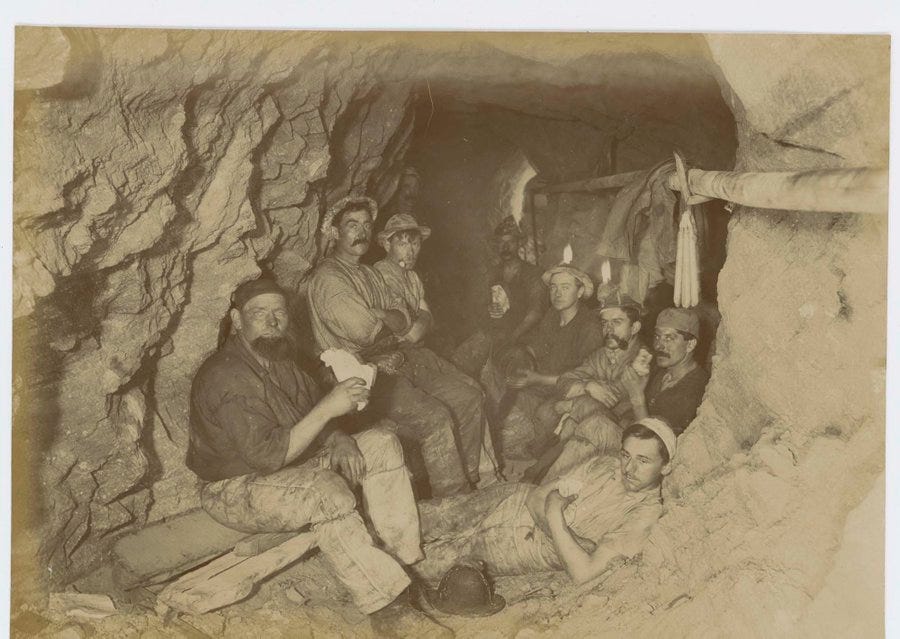

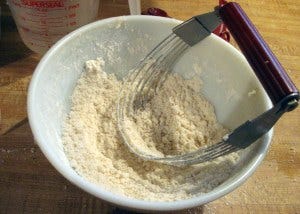
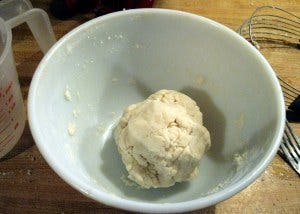
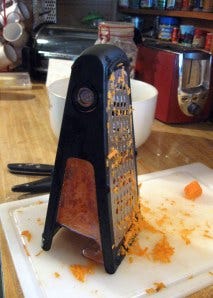
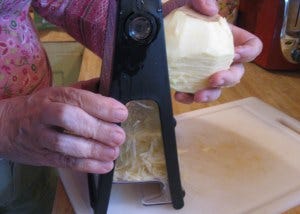
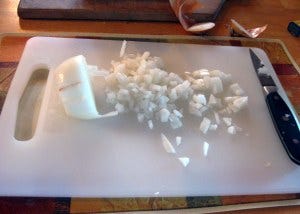
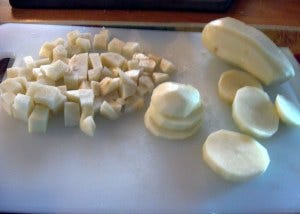
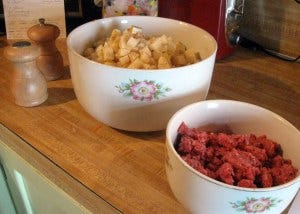
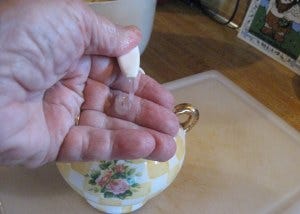
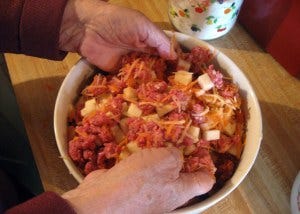
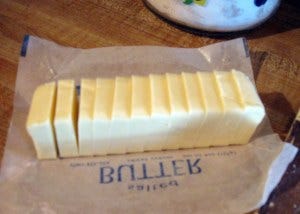
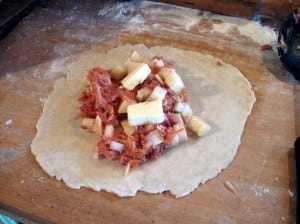
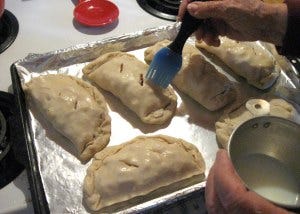
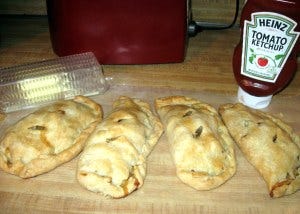
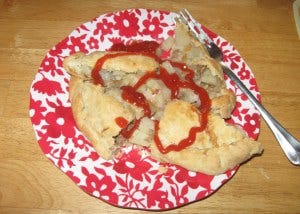
Oh how wonderful. I love a lexicon that transplants.
Sensible words too!
Yummy.
Here in Australia, we know them as Cornish pasties where they can be traced back to the 12th century in Cornwall, England. Traditionally, we knew them as countrymen's food, giving workers a hearty meal, and that they could be heated in a small bucket using a candle.